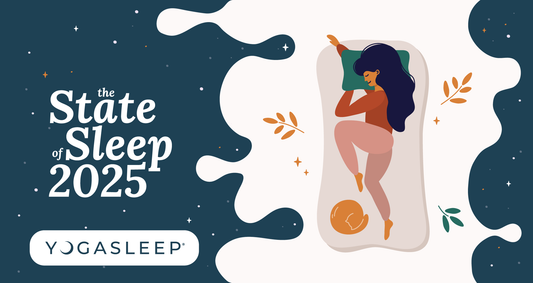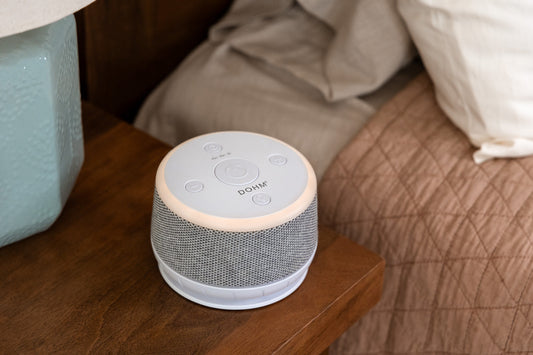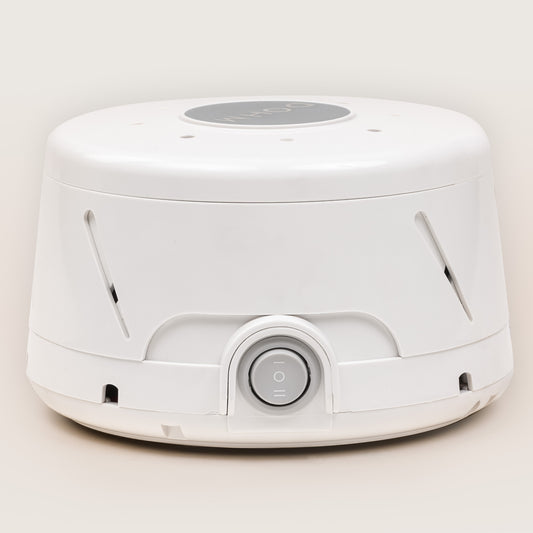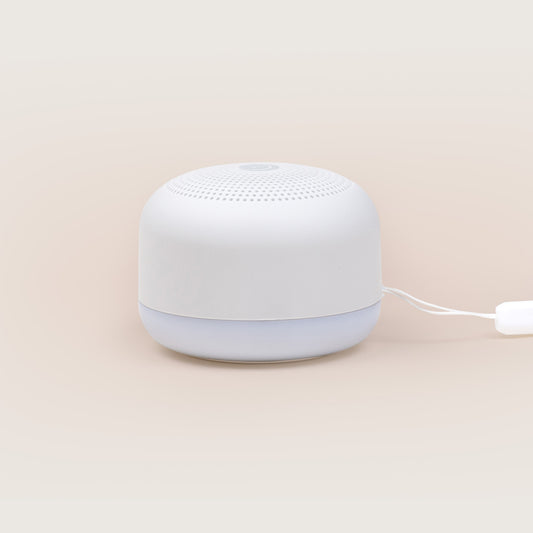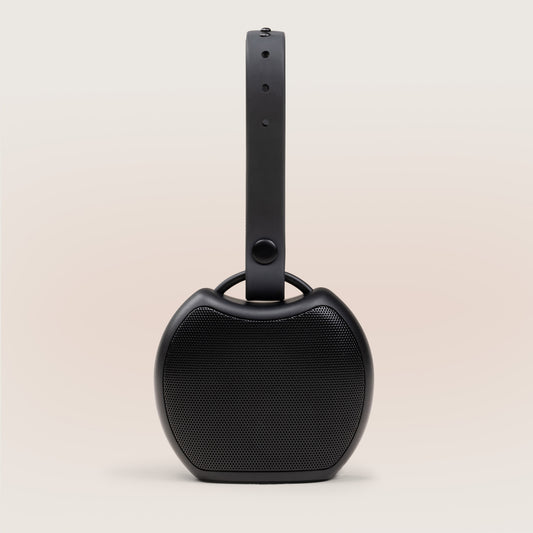
Unlocking Success: Essential Concentration Tips for Working and Studying at Home
In today’s fast-paced world, the lines between our personal and professional lives are becoming increasingly blurred. As more individuals share office spaces, work from home, and pursue higher education in communal settings, fostering a harmonious and focused environment has become paramount. Whether you find yourself co-working with colleagues, sharing a living space with roommates, or studying alongside fellow students, navigating these situations with grace and consideration is essential for productivity. Here are a few practical and effective tips to help you stay focused and attentive while working or studying from home.
Tips for Sharing Office/Study Space
A shared workspace can be a hub of creativity and collaboration, but it can also become a breeding ground for frustration and tension if not navigated with care.
Establish Clear Boundaries
To ensure a harmonious and productive environment, it’s essential to establish clear boundaries. Start by openly communicating with your co-workers or roommates about your preferred work hours and study times, allowing them to plan their activities accordingly. Designate specific spaces for individual work or study to create a sense of personal ownership, minimize distractions, and help separate your work life from your personal one. Encourage open dialogue about noise levels and preferred work habits to find common ground and respect each other. By setting and adhering to these boundaries, everyone can enjoy uninterrupted focus and enhanced productivity, ultimately fostering a positive, productive, and supportive atmosphere for everyone involved.
Keep Noise Levels in Check
When sharing a work or study space with others, it is crucial to keep noise levels at a minimum. Unwanted noise can disrupt concentration, hinder productivity, and create tension among co-workers, roommates, or college mates. Utilizing headphones for calls, video conferences, or even listening to music can help contain sound and prevent disturbances to others. Additionally, setting your phone notifications to silent or vibration mode, and enabling the “Do Not Disturb” feature, can minimize unnecessary interruptions during crucial work or study sessions — which benefits you just as much as it benefits others. By being mindful of the noise we generate and its potential impact on others, we can foster a more focused and considerate shared environment, allowing everyone to accomplish their tasks with greater efficiency and harmony.
Be Mindful of Shared Resources
It’s essential to avoid monopolizing the resources of any shared space, as doing so can create frustration and hinder others’ abilities to complete their tasks. A collaborative environment thrives when everyone contributes to the proper upkeep and availability of shared tools such as printers, scanners, and other office supplies. Taking the initiative to restock supplies when they are running low also demonstrates a proactive and considerate approach to shared responsibilities.
Practice Good Hygiene
A clean and organized workspace not only reflects professionalism but also shows consideration for others who share the same space. When everyone takes responsibility for tidiness, it fosters a sense of pride and unity among co-workers, roommates, or fellow students. Moreover, a well-kept workspace can have a positive psychological impact, enhancing mood and motivation for everyone present.
Tips for Working/Studying at Home
Whether you’re adapting to remote work or juggling online classes, here are a few ways to make the most of your home environment.
Dedicated Workspace
Dedicating a specific workspace when working or studying from home is a fundamental component of maintaining focus, productivity, and work-life balance. This designated area serves as a physical boundary that helps create a mental distinction between your professional or academic responsibilities and personal life. When you step into your dedicated workspace, your mind associates it with tasks that require concentration and effort. This separation minimizes distraction and prevents the blending of roles, ensuring that you remain in a productive mindset during work or study hours. Additionally, a well-designed workspace can contribute to improved ergonomics, reducing physical strain and enhancing comfort during long periods of focus. By establishing a specific place for your professional or academic endeavors within your home, you’re not only optimizing your efficiency but also safeguarding your well-being and maintaining a healthier work-life balance.
Set Clear Expectations
Setting clear expectations with roommates and family members when working or studying at home is a vital step towards ensuring a conducive and interruption-free environment. By openly discussing your work or study hours, you provide insight into your commitments and underscore the importance of limited interruptions during these periods. Communicating that just because you’re at home doesn’t mean you’re not engaged in demanding tasks establishes a mutual understanding of your need for focused concentration. Introducing a visual signal, such as closing your door or displaying a “Do Not Disturb” sign, serves as a proactive way to indicate your need for uninterrupted time. This approach not only minimizes unexpected interruptions but also fosters a sense of respect for each other’s commitments and schedules. In cultivating this level of awareness and consideration, you’ll be better equipped to maximize your productivity and achieve your work or study goals from the comfort of your home.
Utilize the Colors of Noise
Different colors of noise can be powerful tools to enhance concentration while working or studying. Variations of sound, including white noise, pink noise, and green noise, and brown noise, are engineered to mask distractions and create a more focused auditory environment.
White noise consists of a balanced range of frequencies and is likened to the sound of static on a TV or radio. Pink noise, on the other hand, emphasizes lower frequencies and is often described as a softer, more soothing version of white noise. Brown noise, the deepest of the three, is characterized by its deeper tones and is comparable to the sound of a waterfall or strong wind. By drowning out background noises that might otherwise divert your attention, these types of noise can significantly bolster your ability to concentrate.
Sound machines offer a transformative solution for those seeking to optimize their focus and productivity, especially at home. In this era of shared living spaces and open layouts, unwanted noise often disrupts our concentration. Yogasleep offers a range of specialized sound machines that emit various colors of noise, such as white noise, pink noise, and brown noise. These devices effectively mask background sounds, providing a consistent, soothing audio backdrop that aids in tuning out distractions. Whether you’re grappling with noisy neighbors, bustling streets, or other disturbances, a quality sound machine enables you to tailor your auditory environment to suit your needs. These innovative tools can make a substantial difference in your ability to stay engaged, maintain focus, and ultimately achieve your professional or academic goals, all while enjoying the comfort of your own home. Consider the Yogasleep Dohm Classic for white noise, the Yogasleep Dreamcenter for pink noise, and the Yogasleep Duet for brown noise. These devices are designed to generate these specific types of noise and aid in creating an optimal environment for focused work and study.
Schedule Regular Breaks
Establishing regular breaks is a crucial practice, as it not only prevents burnout but also enhances overall productivity. Sustained periods of concentration can lead to mental fatigue and decreased effectiveness. By incorporating short breaks into your routine, you allow yourself to recharge both physically and mentally. Use these intervals to stretch your muscles, move around, and shift your focus from the screen, promoting better blood circulation and reducing the risk of physical strain. Moreover, breaks present an opportunity to connect with roommates, family members, or coworkers, nurturing a positive and harmonious environment. These interactions offer a mental respite and contribute to a sense of community, crucial for maintaining motivation and fostering a supportive atmosphere. Embracing the practice of regular breaks empowers you to maintain sustained focus while working or studying, promoting a balanced and more rewarding remote experience.
Establish a Routine
When it comes to working and studying at home, routine is a cornerstone of maintaining consistency, focus, and productivity. Our minds thrive on predictability, and a well-structured routine provides a framework for efficient work or study sessions. By setting a consistent schedule for your tasks, you train your mind to transition into a state of focused engagement at specific times. This can significantly enhance your efficiency and ability to tackle challenges with a clear mindset. Sticking to your routine consistently helps solidify this productive behavior, turning it into a habit that requires less conscious effort over time. A routine instills a sense of order and purpose to your days, making it easier to manage tasks, minimize distractions, and achieve your goals while navigating the challenges of working or studying from home.
Find the Ideal Work/Study Environment
Discovering the ideal environment is a pivotal factor when navigating the realm of remote work. The surroundings you choose have a direct impact on your focus, motivation, and overall effectiveness. To find the perfect spot, consider experimenting with various locations, such as different rooms in your house, a nearby café, your dorm room, or even the library. When evaluating these spaces, consider elements like lighting, as natural light can invigorate your mood and concentration. Noise level is also crucial — some might thrive in bustling environments, while others require absolute silence. Assess the comfort of the seating and work surface, as physical discomfort can divert your attention. Be sure to factor in potential distractions that could pull you away from your tasks. By fine-tuning your environment to align with your preferences and needs, you can create an optimal setting that enhances your productivity and facilitates better work or study sessions at home.
Communicate
Clear and open communication plays a pivotal role in ensuring a smooth and productive work-from-home experience. Sharing your work or study schedule with roommates or family members not only keeps everyone informed but also sets clear expectations and boundaries about your availability. This proactive communication prevents unnecessary interruptions and fosters an environment that respects your focused time. To further enhance the atmosphere, consider suggesting ways in which your roommates or family can support your efforts. Simple adjustments like minimizing noise during your work hours or keeping common areas tidy can go a long way in creating a conducive space for concentration. By involving those around you and cultivating an understanding of each other’s commitments, you can transform your shared living environment into a hub of productivity and mutual support.
Maintain Harmony in Shared Spaces
In the dynamic landscape of shared work and study spaces, mastering the art of concentration is a skill that brings immense rewards. From creating a dedicated workspace and setting clear boundaries to harnessing the power of white noise, these strategies offer a roadmap to a more focused and harmonious work or study environment. By integrating these insights into your routine, you can pave the way for a future where collaboration thrives, distractions dwindle, and goals get accomplished.
Disclaimer: The information on our site is NOT medical advice for any specific person or condition. It is only meant as general information. If you have any medical questions and concerns about your sleep, please contact your healthcare provider.

